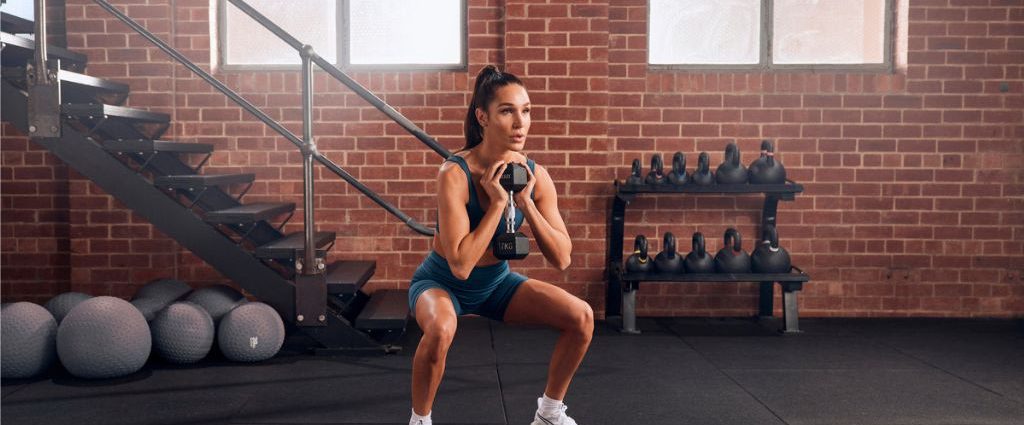A well-executed squat strengthens the legs, buttocks, and lumbar area, as well as improves the mobility and flexibility of the upper train. However, when the correct technique to run a squat is not followed, there is a risk of dangerous tensioning ligaments and joints, which inevitably leads to increasing the chances of injury.
Learning how to squat properly is as important or more than doing them, so here we leave you the keys you should keep in mind.
The Right Technique To Do The Squat
To be successful with the squat and benefit from all its properties for muscle toning and articulating, you have to take into account both the placement and the execution itself.
The right initial position of the squat is to stand, looking in front with the head high, and feet with a maximum opening of the distance between the shoulders. Fees are key, as they are the focus of support during the squat. Some athletes prefer to place their feet with their fingers out and others in parallel. It will depend on the flexibility and comfort of each.
How To Properly Perform A Squat?
The pelvis is thrown back as the body falls on the feet and the arms fall with the body, and it pulls out so that the force rests on the abdominal part. Importantly, the descent movement is not downwards but backward.
You should breathe while bending your knees and bringing your arms forward. Make sure that your knees always remain above your feet, not turned inwards. When you reach the lowest point, start to ascend by pulling yourself up with the strength of your legs, not your body.
As you ascend you have to monitor the position of the arms (also back to initial position) and breathing.
Common Mistakes When Doing Squats
What are the most common mistakes when making a squat or squat? First, to put your knees wrong, both in execution and in preparation: do not bend your knees first, but is a movement that is overtaken by the fact that you carry your back. It avoids as much as possible, in addition, that they go inward with the movement, trying to throw them out slightly.
On the other hand, two usual problems must be avoided when squatting: arching the back as it gains in depth, and the pelvic retroversion or forced position of the pelvis concerning the legs.
Types of Squats
Luckily, squats are one of the most versatile exercises in terms of variations, so it’s hard to get bored of them.
Sumo Squats
Among the types of squats are the most similar to the basic ones. The only difference with those is the opening of the legs and the direction that follows the feet (more open and slightly outward).
Squat pistol or squat on one leg
They are not suitable for anyone, as they require great strength in the knees and a great balance. The leg is pulled forward that will not be supported and the usual squat is performed, with the complexity of doing it on one leg.
Squat Bicycle Crunches
The Bicycle Crunches squats combine the work of the legs with the abdomen and the oblique area. Standing, with feet at the height of the hip, and the hands on the head, the squat is made and on the ascent, a crunch or lateral twist is made with an opposite leg rise.
